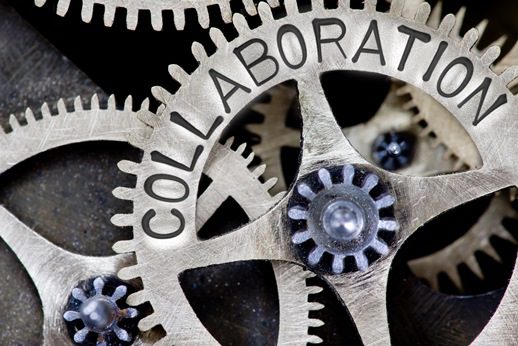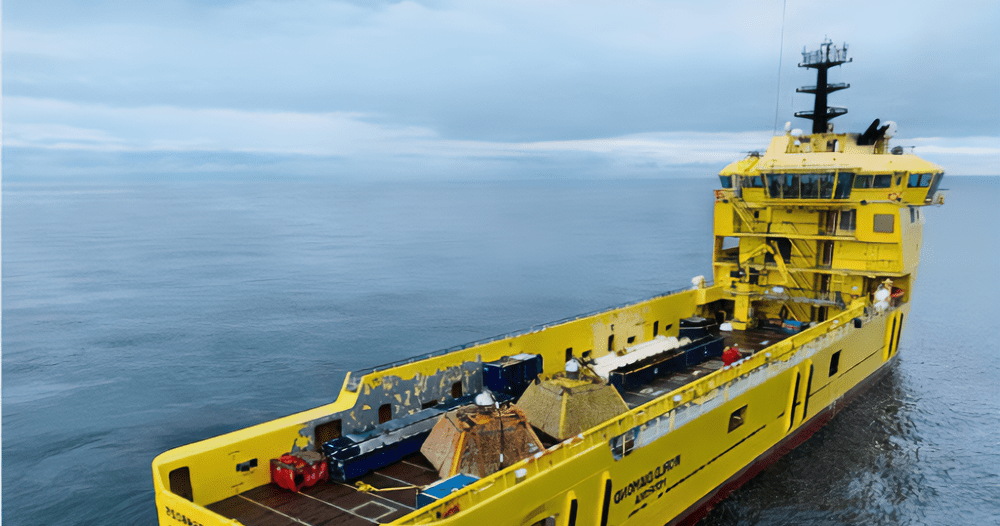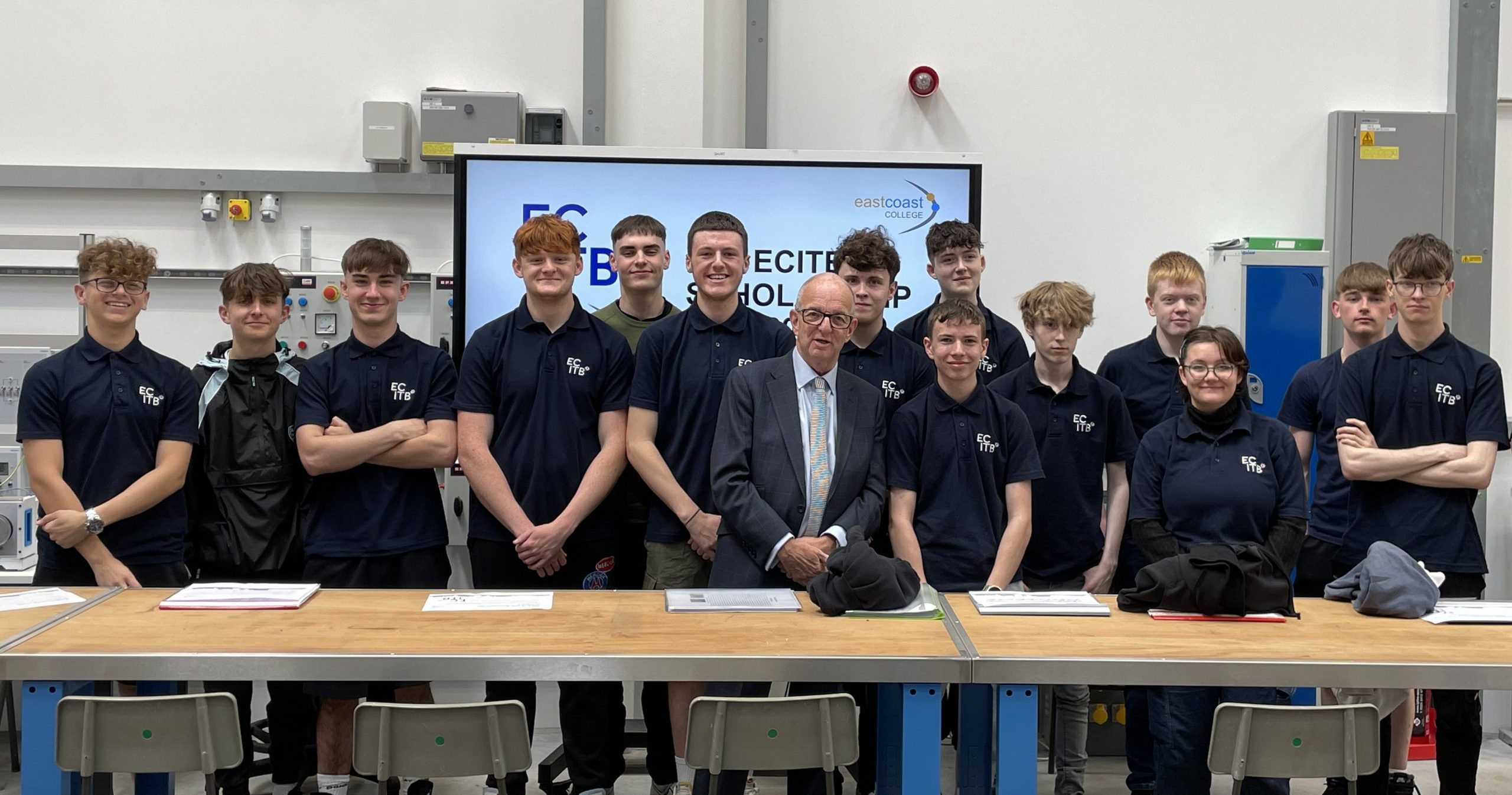Historical project and contracting practices can hamper progress in creating a collaborative approach to project delivery. Overcoming these barriers and resistance is vital to achieving collaborative project delivery.
Not everyone ‘gets’ collaboration. Many organisations, and the people within them, still hold a ‘win – lose’ view, believing that they can only ‘win’ if someone else ‘loses’.
Think of available project benefits as being analogous to a pie. The traditional approach to project delivery has all parties competing for the biggest slice of the pie that they can get. If someone takes a larger slice of the pie, only they will benefit to the detriment of others. Some contributors may not get a piece at all.
By contrast, project collaboration can be considered as working together to make the whole pie bigger. Whilst the size of the slices may differ, because the overall size of pie has grown, everyone gets an appropriate piece – everyone wins.

Even if business leaders have fully committed to working collaboratively towards an agreed set of common goals, there can be pockets of resistance in some organisational functions and people.
We need to be aware that in some parts of our industry organisations, particularly larger ones, functions such as legal, procurement and finance can be risk averse. Their natural tendency is to mitigate downside risk.
This often results in more control, an ‘auditable’ transaction mindset which can stifle innovation. Collaboration encourages organisations to be braver and to grow opportunities. It also recognises that no single organisation can have a monopoly of good ideas. Ideas can be shared more openly once a collaborative environment has been developed and nurtured.
Being open, transparent and supportive of venture partners is counter-intuitive to some people. This is the ‘Build fortification and keep the enemy out’ mindset. But collaboration encourages a mindset of amalgamating available forces and working together.
The traditional approach of transactional project and contracting relationships encourages self-interested behaviour in project parties. In contrast, project collaboration requires behaviours which set aside the self-interests of the businesses and people involved, to collectively pursue the project objectives.
Where is resistance likely to be encountered and how can it be tackled?
Overcoming resistance across internal functions
Some organisations and businesses may have operated very successfully within a traditional project delivery and contracting environment. As a result, some functions or departments may not recognise the need for, and be sceptical of a new approach.
They may believe the traditional approach has served the business well and ‘protected’ it during past times of conflict and adversity.
Particular resistance might be encountered in Legal and Contracts and Purchasing functions, especially if they have been involved in establishing and maintaining a broadly transactional approach to projects.
When setting up for project collaboration, the focus is understandably on the project team. But time needs to be spent with some of the support functions who may not have the luxury of working on one single project.
Legal, contracts, procurement, finance and human resources all need to understand what their roles are in enhancing collaboration to maximise benefit.
This old way of doing business is likely to be reflected in processes and procedures designed to protect the organisation in a manner which may be detrimental to others.
It is time to go back to first principles and take a fresh look at how business should be conducted so that it protects the interests of all stakeholders and not just the principal organisation.
To address some of the challenges around collaboration including overcoming resistance and how support functions should be engaged throughout the project, the ECITB developed the Project Collaboration Toolkit. This is available to download along with case studies on how this has been applied in industry.
Download the Project Collaboration Toolkit
Overcoming resistance in your people
People who have been in the engineering construction industry for many years are likely to be steeped in the industry culture. They may resist change on the basis of ‘this is the way that it has always been done’.
Key to reducing change resistance within an integrated project delivery team is the selection processes. These need to identify individuals with the right level of emotional intelligence, interpersonal and relationship skills as well as the technical competences needed for the role.
Section 2.1 of the ECITB Project Collaboration Toolkit offers guidance on the considerations for effectively selecting a collaborative team.
What can be done if change resistance is encountered?
It is important to identify and address resistance to change. This is likely to be among those who have always operated using traditional project and contracting practices.
Section 1.1 of the ECITB Project Collaboration Toolkit: appoint a collaboration champion encourages the appointment of suitably influential project leadership who can address the internal change resistance.
This section also discusses how project delivery stakeholder organisations should assess their collaborative capability status and share the findings with their collaborative partners.
As part of this assessment, it may be useful for the delivery stakeholders to assess their conflict handling modes. Tools such as the Thomas-Kilmann Conflict Mode Instrument can be useful for this.
To achieve a rapid resolution it is useful to understand how participating organisations are likely to respond to potential disputes and conflicts when the project is in progress.
The toolkit recommends a regular review of project behaviour, as measured against an agreed Project Behavioural Charter. Any breaches of the charter or transgressions, through incidents of expressed self-interest for example, can then be quickly addressed.
Understanding why teams and functional areas are resistant to change is the first step to implementing collaborative project delivery.
Setting out principles in terms of a charter that all partners sign up to and putting the right team in place to deliver it will help to reduce self-interest and ensure all parties are collectively pursuing joint project objectives.
Many Project professionals have been involved in challenging Projects where enormous effort to (re)build relationships has been required. Investing time upfront to engage the naysayers and provide focus on creating a collaborative environment across all parties is always time well spent.
William Lindsay

About William Lindsay
William is Civil Engineer and chartered project professional having completed 30+ years with Shell.
He has been involved with many types of capital project both on and offshore, in the UK and abroad. William spent a year seconded into the Oil & Gas Regulator (now NSTA) in 2016 and was Project Director of the Brent Decommissioning Project in the North Sea, transitioning the organisation through late life operations to down-manning, removal and disposal. This delivered double digit efficiencies for every platform removed having created a successful collaborative environment.
William has recently been the programme delivery director overseeing nuclear decommissioning at Dounreay.
William has been Chair of the Oil & Gas Project Managers Steering Group supporting ECITB to enhance competence of project professionals and promote improved collaboration with the supply chain.





